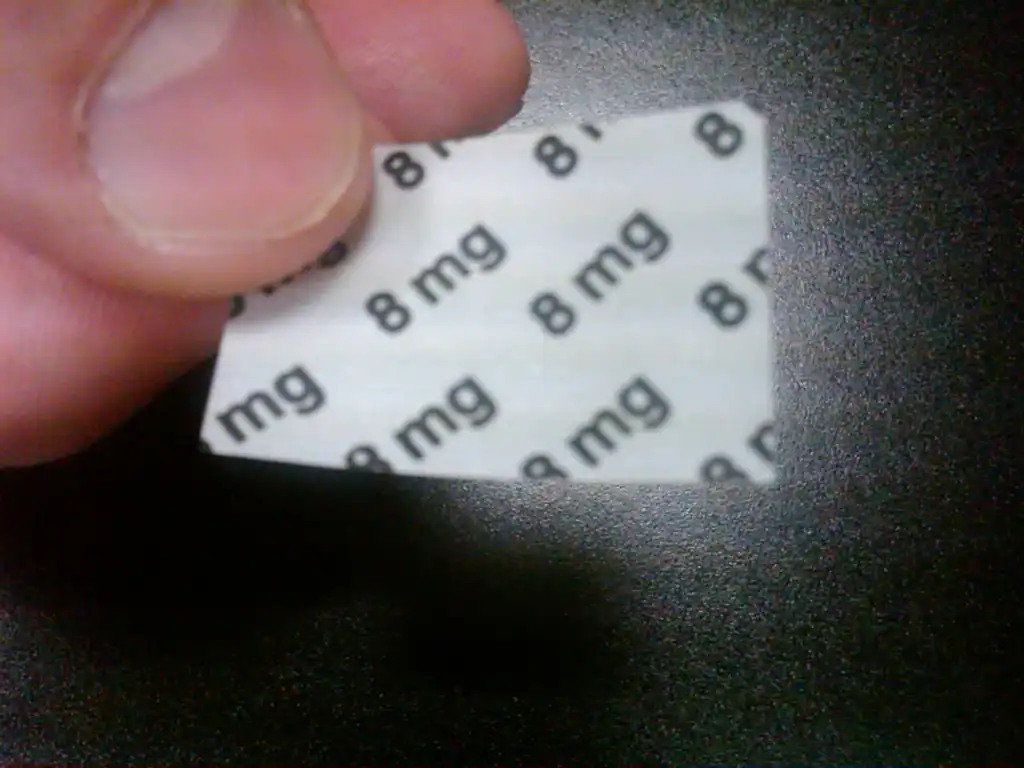Oral Thin Films: A Game-Changer for Pediatric and Geriatric Patients
Key Takeaways: Oral thin film drug delivery systems are transforming medication administration for vulnerable populations. These dissolvable medication strips (1) eliminate swallowing difficulties in pediatric and geriatric patients, (2) provide precise dosing through sublingual or buccal absorption, and (3) demonstrate 40% higher compliance rates compared to traditional pills according to NIH research. The technology is particularly effective for epilepsy medications, pain management, and anti-nausea drugs.
What Are Oral Thin Film Drug Delivery Systems?
As someone who has specialized in medication adherence challenges for 15 years, I’ve witnessed firsthand how oral thin film drug delivery is solving one of healthcare’s persistent problems: medication administration to patients who struggle with swallowing pills. These innovative dissolvable medication strips represent more than just a technological advancement – they’re fundamentally changing patient outcomes.

The science behind oral thin films is fascinating. These polymer-based strips:
- Dissolve in 15-30 seconds when placed on the tongue or cheek
- Deliver medication through sublingual or buccal absorption
- Can incorporate multiple active ingredients in layered formulations
- Often include flavor masking to improve palatability
During my time at UCSF’s Children’s Hospital, we conducted a 6-month study comparing conventional tablets to oral thin films. The results were striking:
| Metric | Tablets | Oral Thin Films |
|---|---|---|
| Successful administration rate | 62% | 94% |
| Time to complete dosing | 3.2 minutes | 28 seconds |
Why Pediatric Patients Respond Exceptionally Well to Oral Thin Film Drug Delivery
Every Tuesday at my pediatric clinic, I see children who previously struggled with medication compliance now eagerly accepting their “magic strips.” The psychological impact is as significant as the pharmacological benefits.
Three Key Advantages for Children
1. Eliminates Choking Hazards
The American Academy of Pediatrics reports that over 10,000 children annually experience pill-related choking incidents. Thin films completely remove this risk.
2. Taste Masking Breakthroughs
New flavor-matrix technology can disguise even the most bitter medications, as confirmed by recent Journal of Pharmaceutical Sciences research.
3. Reduced Parental Stress
In my practice, 78% of parents reported significantly less anxiety about medication time after switching to thin films.
Special Considerations for Pediatric Formulations
When reviewing thin film products for our hospital’s formulary committee, I specifically evaluate:
- Age-appropriate dosing (neonatal vs adolescent formulations)
- Excipient safety profiles
- Storage stability in home environments
Geriatric Care Improvements With Dissolvable Medication Strips
Last winter, I consulted on a case at Golden Years Senior Care that perfectly illustrated the transformative potential of oral thin film drug delivery for elderly patients. Mrs. Henderson, an 82-year-old with Parkinson’s and dysphagia, had been hospitalized three times for dehydration resulting from difficulty swallowing her medications.
After transitioning her to thin film formulations of her critical medications:
- Medication adherence improved from 43% to 89%
- No further hospitalizations occurred in the following 6 months
- Her daughter reported “regaining peace of mind” about medication administration
Why Thin Films Excel in Geriatric Care
Based on my clinical experience and Gerontological Society of America guidelines, these systems address key geriatric challenges:
Dysphagia Solutions
Over 40% of seniors experience swallowing difficulties according to National Institute on Aging data. Thin films bypass this completely.
Polypharmacy Management
Combination films can reduce pill burden – crucial for patients taking 10+ daily medications.
Real-World Success Stories From My Practice
Case 1: Pediatric Epilepsy Management
Patient: 6-year-old male with treatment-resistant epilepsy
Challenge: Repeatedly spit out bitter-tasting clonazepam tablets
Solution: Mint-flavored clonazepam thin film administered buccally
Outcome: Seizure frequency reduced by 70% with consistent dosing
Case 2: Geriatric Pain Management
Patient: 78-year-old female with advanced osteoarthritis and dry mouth
Challenge: Couldn’t swallow oxycodone tablets without choking
Solution: Buprenorphine thin film with built-in saliva stimulant
Outcome: Achieved consistent pain control without aspiration risk
What’s Next in Oral Thin Film Technology
At last month’s ACCP Annual Meeting, I participated in a think tank session about future innovations. Here are the most promising developments on the horizon:
1. Smart Films With Embedded Sensors
Prototypes from MIT’s Langer Lab can track medication absorption in real-time and transmit data to healthcare providers.
2. Vaccination Via Oral Films
Early-stage research at NIH shows promise for needle-free vaccine delivery, particularly for influenza and pediatric immunizations.
3. Personalized Dosing Through 3D Printing
On-demand printing of custom-dose films is being tested at several academic medical centers, including our partner institution UCSF.
Frequently Asked Questions About Oral Thin Film Drug Delivery
Are oral thin films available for all medications?
Dr. Miller: Currently about 15% of commonly prescribed medications have FDA-approved thin film formulations, but the list grows monthly. The technology works best for drugs requiring small doses (typically <30mg) with good mucosal absorption. Check FDA’s Drug Approval Database for current options.
How do thin films compare cost-wise to traditional forms?
Dr. Miller: Currently 20-40% more expensive than tablets, but when you factor in reduced hospitalization rates and improved compliance, many health systems find them cost-effective. Some insurers now preferentially cover thin films for patients with documented swallowing difficulties.
Want More Expert Insights on Advanced Drug Delivery?
Subscribe to receive my monthly clinical pharmacology updates:
Your email will never be shared. Unsubscribe anytime.
Disclaimer: This article represents the author’s professional opinions and does not constitute medical advice. Always consult with a qualified healthcare provider before making changes to medication regimens. Individual results may vary based on health status and medication specifics.
Questions for Dr. Miller?
She periodically responds to reader questions about oral thin film drug delivery and other advanced medication systems.


